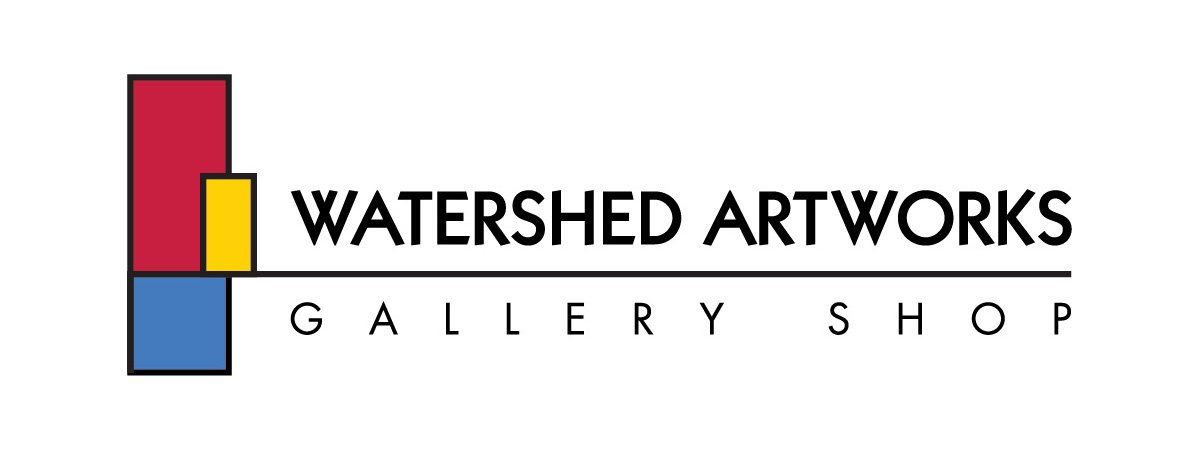Why Attend Local Art Fairs?
What is an Art Fair?
An art fair is a large-scale event where artists, galleries, and art dealers come together to showcase and sell artworks. These events serve as a marketplace for art, offering a platform for both established and emerging artists to reach a broader audience. Art fairs typically occur in convention centers or large venues and may last several days.
Deeper look at what an art fair entails.
1. Diverse Artworks
Art fairs feature a wide range of artworks, from contemporary pieces and classic masterpieces to experimental and avant-garde creations. Expect to see paintings, sculptures, photography, installations, and more, all presented by various artists and galleries. From traditional oil paintings and sculptures to modern digital art and mixed-media installations, art fairs showcase a variety of mediums. You'll find everything from classical and realist art to abstract, surrealist, and conceptual works. This range allows visitors to experience the full spectrum of contemporary and historical art movements. The fairs often highlight various techniques, including printmaking, photography, ceramics, and textiles, demonstrating the breadth of artistic creativity.
2. Interactive Exhibitions
Many art fairs include interactive or immersive exhibits, allowing visitors to engage with the art in unique ways. These can include virtual reality experiences, live art demonstrations, or participatory installations.
3. Networking Opportunities
You'll encounter numerous galleries and independent artists showcasing their works. It’s a great opportunity to discover new talents and explore different styles and mediums that might not be available in traditional galleries. Established galleries use art fairs to present curated selections of their artists’ work. This exposure helps galleries reach potential buyers and collectors who may not visit their physical locations. Artists who do not represent galleries often have booths or spaces to showcase their work. This direct representation allows artists to engage with the public and collectors without intermediary representation. Art Dealers may represent multiple artists or estates, offering a range of artworks from different periods and styles. Evidently, Art fairs offer a valuable networking platform. Artists, gallery owners, curators, and art enthusiasts converge, making it a hub for discussion, collaboration, and professional connections.
4. Art Talks and Panels
Many art fairs host additional programming such as artist talks, panel discussions, workshops, and live performances. These events provide deeper insights into the art on display and broader trends in the art world. Some art fairs host talks, panel discussions, or workshops led by artists, critics, or industry professionals.
5. Art Sales and Acquisitions
If you're looking to purchase art, art fairs are a fantastic place to find pieces you might not encounter elsewhere. Many artworks are available for sale, and you can often negotiate directly with the artist or gallery. Prices can range widely, allowing buyers to find pieces that fit various budgets. Some buyers might commission new works from artists they meet at the fair, leading to bespoke or custom pieces. Art fairs often facilitate direct negotiations between buyers and sellers, potentially allowing for discounts or special terms.
6. Curated Experiences
Art fairs are usually curated to offer a coherent experience, with thematic sections or specialized areas focusing on particular types of art or emerging trends. Some areas of the fair can be dedicated to specific themes or genres, such as contemporary political art, environmental art, or pop culture influences. These themes help organize the fair and offer focused experiences. Specially curated exhibitions within the fair may highlight particular artists, movements, or innovations, providing deeper insight into specific topics.
7. Art-Related Merchandise
In addition to artworks, you might find art-related merchandise, such as books, prints, and crafts, which can make great souvenirs or gifts.
8. Inspiring Atmosphere
The atmosphere at art fairs is typically vibrant and dynamic. Expect a lively crowd, engaging displays, and a general sense of creativity and inspiration. They typically have open admission or reasonably priced tickets, making art accessible to a broad audience. Fairs often include educational programs, family activities, and interactive exhibits to engage visitors of all ages. By presenting art in a vibrant and interactive environment, art fairs help demystify the art world and encourage public engagement with art.
9. Economic Impact
Art fairs contribute economically by Boosting Tourism. Drawing visitors from outside the local area, which can benefit hotels, restaurants, and other local businesses. Art Fairs also help in supporting local economies and providing opportunities for local artists, galleries, and businesses to participate in the broader art market. Art fairs can drive trends and set prices, influencing the broader art market and shaping future buying patterns.
Overall, art fairs are multifaceted events that offer a rich and immersive experience for anyone interested in art, from casual visitors to seasoned collectors and art professionals. We hope you attend our Studio Stomp Art Tour and Deck The Halls Christmas Market.

